How nuclear power-generating reactors have evolved since their birth in the 1950s
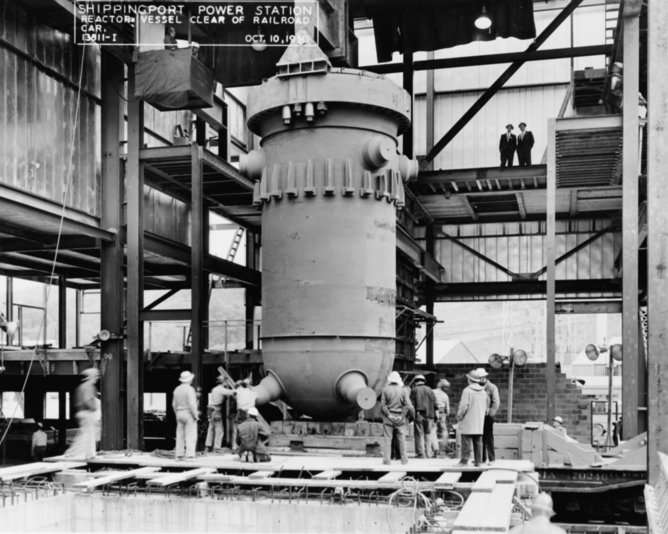
There is no credible path to climate stabilization that does not include a substantial role for nuclear power.
Four internationally recognized climate scientists issued this plea to fellow environmentalists in November 2013, arguing that nuclear energy needs to be a part of the global climate change solution. We need to reduce carbon dioxide (CO2) emissions from fossil fuels. Nuclear power is the best option today; it can deliver electric power in a sufficiently safe, economical, continuous and secure manner synergistic with supply from other carbon-free sources such as solar and wind. And the technology has been evolving since its birth during World War II.
Nuclear energy's origin story
Nuclear energy started beneath the football stands at the University of Chicago. That's where, in late 1942, a group of scientists under Enrico Fermi created the first nuclear reactor. Like all reactors that followed, this one split fuel atoms into lighter elements – a process called fission that releases large amounts of energy, more than a million times as large as an ordinary chemical reaction.
Fermi's group assembled fissionable uranium fuel within an array of graphite blocks. This configuration slowed the speed of the first neutrons created by fission sufficiently to continue the reaction. The Fermi reactor proved that a sustainable yet controlled chain reaction could be produced, thus ushering the way to much larger reactors capable of supplying cities and whole regions with electrical power.
By early 1955, Admiral Hyman Rickover had overseen the construction and successful launch of the submarine Nautilus. To propel the vessel, it used light water coolant to extract the energy released via fission of its highly enriched uranium-fueled core. The pressurized coolant had sufficient density to slow the neutrons down enough such that the chain reaction could be maintained. Based on its successful use for submarine and surface naval vessel propulsion, this pressurized light water cooled design was subsequently adopted for commercial nuclear power in the US and is used today worldwide for electricity production, along with its close relative, the boiling light water reactor.
Reactor concepts have evolved since then over the 60-year period of nuclear power reactor development, using other coolants such as gas, molten salt and liquid metals including sodium and lead that allow operation at higher temperatures and hence more efficient power cycles.
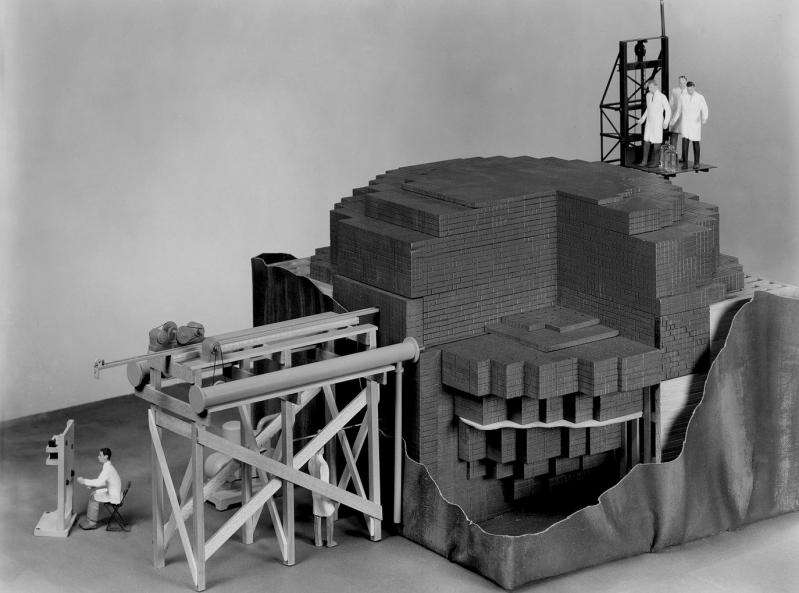
Extensive attention to reactor safety, construction and maintenance costs, and control of spent used fuel have led to the reactors deployed today – about 100 in the US and over 400 worldwide. They're overwhelmingly of the light water type of the Nautilus design that uses pressurized water as the coolant to capture the heat released by fission and transfer it to electrical generators.
Nuclear power's next generation
Nuclear energy has the potential to supply electricity to countries without alternate fuel resources, to contribute to climate stabilization by producing electricity without CO2 emissions, and to displace fuels that lead to air pollution. In light of these advantages, engineers in national laboratories and universities and in the private sector are actively pursuing innovation in nuclear power reactors.
- A reactor that needs to be fed only natural uranium and thus – unlike existing enriched-uranium reactors – extracts the full energy of our abundant world supply of uranium fuel.
- A reactor that burns fuel made from the waste fuel of existing reactors or its own recycled spent fuel. Reactors of this type are in operation in China and Russia, under construction in Russia and India, and design in France.
Both of these newer reactor types are cooled with sodium (or in one project, lead). Both elements do not appreciably slow down neutrons since they are of higher atomic weight than water's hydrogen-oxygen combination. They are aptly called fast reactors, referring to the speed of the neutrons. The higher speed allows neutron interactions with the fuel materials – both natural uranium and higher atomic weight transuranics – to extract the full energy value of uranium and to burn spent fuel.
A high-temperature reactor, the helium-cooled thermal spectrum gas reactor pioneered in the US, is now under construction in China. This reactor uses fuel placed within billiard-sized graphite balls, hence its description as "the pebble bed reactor type." It operates at such high temperatures that it could displace the existing need for natural gas (used for multiple chemical processes) and also be an efficient producer of hydrogen, a 21st-century fuel.Another thermal spectrum high temperature reactor that uses the same type uranium fuel in graphite balls but a molten fluoride salt coolant which is of low atomic weight. Importantly, the fluoride salt properties allow operation at very high temperatures to produce electricity without high coolant pressure or boiling, so that thin walled structures of low capital cost can be employed.
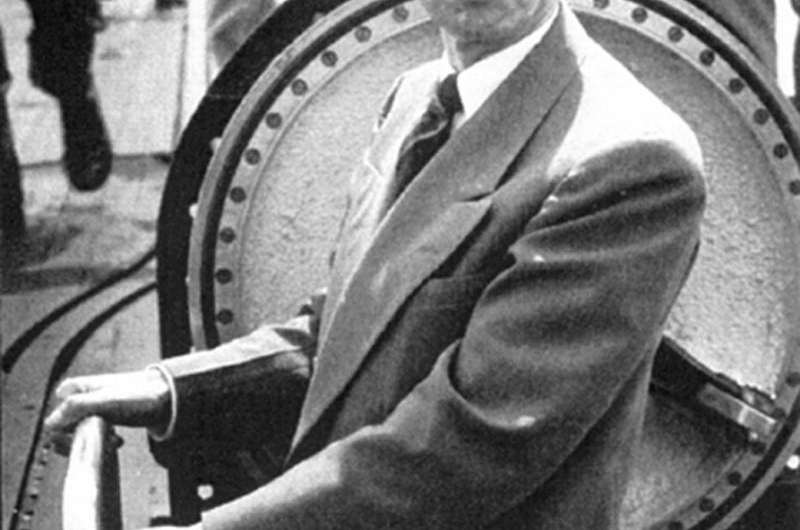
Each of these four reactor types will enhance the safe, economical and secure delivery of nuclear power.
Enhancing safety at today's reactors
But to achieve industrial and commercial acceptance, these new concepts also must achieve improvement in cost and safety performance. So too must the advanced nuclear power stations now being deployed worldwide based on proven light water reactor technology to replace the existing fleet of operating reactors.
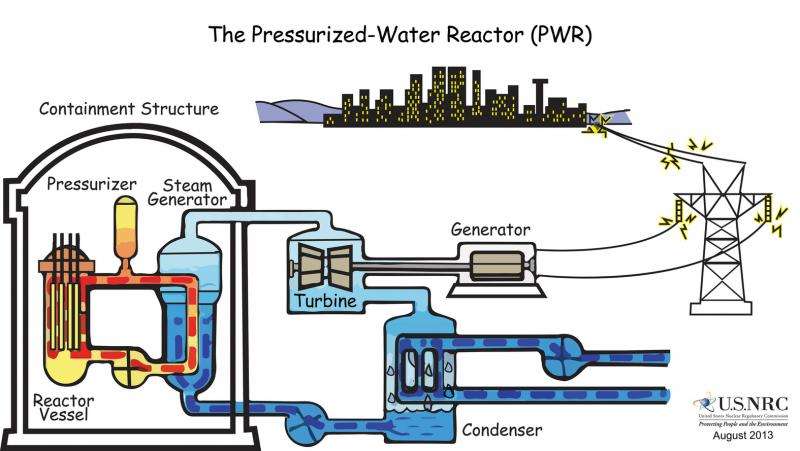
Such safety gains are now being achieved through the adoption of reactor safety systems operated by laws of nature such as gravity and natural circulation, rather than being dependent on actively generated electric power. These emergency coolant safety systems can automatically deliver needed coolant to prevent core damage by gravity flow, without the need for operator action.
Approaches to reduce reactor costs are being achieved through innovations in construction techniques which reduce both capital costs and erection time.
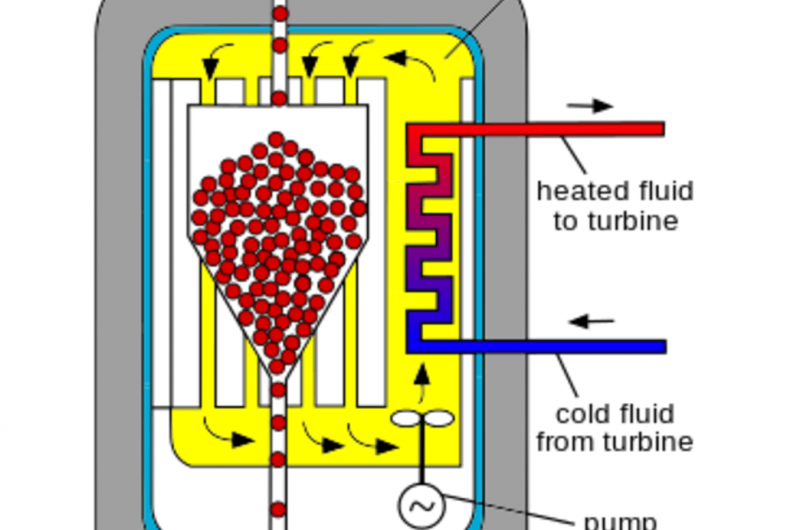
The energy needs of the world are large and growing. The 1.2 billion people who don't even have access to electricity cannot be denied the ability to improve their quality of life. Nuclear energy provides a scalable, clean source of safe, reliable power which, with other clean energy sources, can meet the world's needs in a sustainable manner.
Source: The Conversation
This story is published courtesy of The Conversation (under Creative Commons-Attribution/No derivatives).
![]()





















